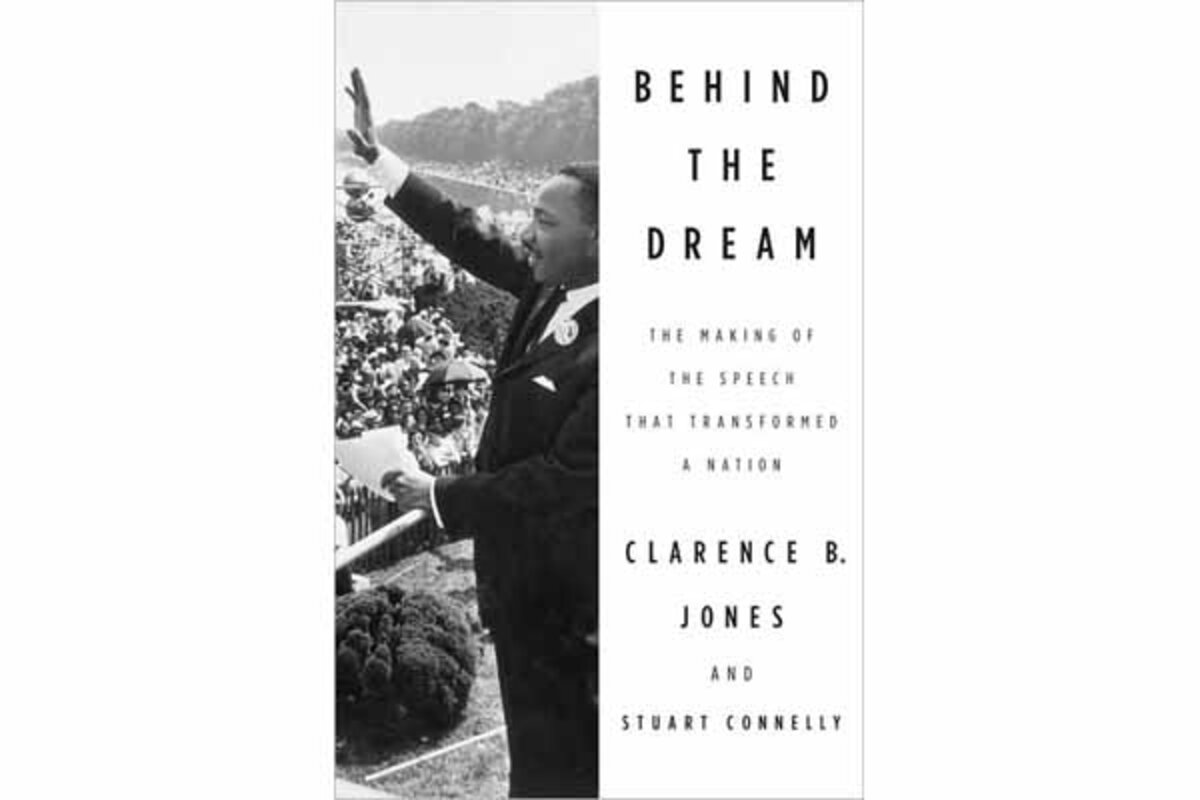Behind the Dream
Loading...
On August 28, 2010, thousands assembled in front of the Lincoln Memorial for a rally organized by Glenn Beck, the conservative talk-show host. According to Beck, the gathering aimed to “Restore America’s Honor.” While it was not especially clear when or why the country’s honor had been lost, this almost entirely white crowd had traveled to Washington to make known its belief that something was not right in America.
It was no coincidence that the site on which Beck’s ardent army had decided to make its stand was the scene of another demonstration held on the same date 47 years earlier. On that day in August 1963, a quarter of million people, black and white, gathered with a more specific aim in mind: to help overcome racial oppression in America.
The principal speaker was not a talk-show host, but a black minister, and he gave one of the great speeches in American history. He told the nation of his dream about a better future, one in which character mattered more than skin color.
The words uttered by Martin Luther King Jr. on that summer day have become part of America’s collective memory. Schoolchildren watch clips of the address in the nation’s classrooms and college students study King’s words and write papers analyzing every particle of his language.
In Behind the Dream: The Making of the Speech that Transformed a Nation, Clarence B. Jones, King’s lawyer and one of his key aides, offers his distinctive perspective on that extraordinary August day, on King’s speech, and on the black freedom struggle. (It is not altogether clear what role Jones’s co-author Stuart Connelly played in this joint enterprise, since the book is told entirely from Jones’s first-person perspective.)
There is much to savor in this book, even though it skims the surface of the struggle for racial justice and offers little that is new on the subject of race in America. Despite this, Jones’s recollections of life in the movement alongside King are often compelling. Take, for example, Jones’s description of how the legendary gospel singer Mahalia Jackson soothed a sometimes despondent King on the phone by performing his favorite hymns.
“I sure could use some cheering up, Mahalia,” King would say into the phone. And then, wherever she was, Jackson would sing for him. Drawing strength from her voice, an exhausted King would lean back in his chair with closed eyes, as the music washed over him.
The night before King spoke to the nation in August 1963, Jones was one of a small group of advisers who huddled with him in a Washington hotel, debating what the country’s most important civil rights leader ought to say. A prescient Ralph Abernathy, an important figure in the movement, reminded King that he had to inspire the crowd. “Martin, you have to preach,” he said. “That’s what the people want to hear.” And the next afternoon, King would do just that.
If Mahalia Jackson had helped King through tough times when he was on the road, Jones makes the case – in the book’s climactic scene – that the singer played a vital role in King’s historic address.
Jones and Jackson were both close to King as he stood before the assembled thousands. The author was just 15 yards from the lectern, watching the minister’s every gesture and listening intently to his every word. As for Jackson, she was no passive observer of the event.
Several paragraphs into the speech, King paused before continuing to read from his prepared text. At that moment, Jackson urged King on, calling out, “Tell ’em about the ‘Dream,’ Martin, tell ’em about the ‘Dream!’ ” Upon hearing the singer’s cry, Jones recalls, King began to improvise, shifting “gears in a heartbeat,” as he pushed the page aside and abandoned the words on the lectern before him. (Among leading King biographers, none has told the story in this way.)
In “honoring Mahalia’s request,” Jones claims, King proceeded to tell America about his dream. Comparing the minister’s effort to the work of a great jazz soloist, Jones writes of King’s deep and abiding trust in Mahalia Jackson. She was the minister’s muse, he observes, and King instantly understood the value of her suggestion and “decided to run with it” by describing a dream founded on equality and justice.
Over the next two years, the work of King and countless other race activists would lead to the passage of legislation that would fundamentally reconfigure race relations across the nation.
While today the United States is dramatically different from the land King was working to change, who would deny that his dream commands us to do far more than we have? Perhaps the best way to “restore America’s honor” today would be to pledge that no further generations need pass before King’s dream is wholly realized.
Jonathan Rosenberg, a professor of American history at Hunter College and the CUNY Graduate Center, has written widely on the civil rights movement.
Join the Monitor's book discussion on and .





